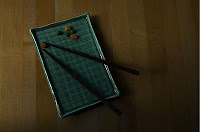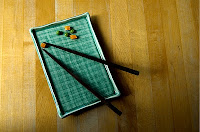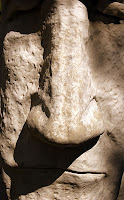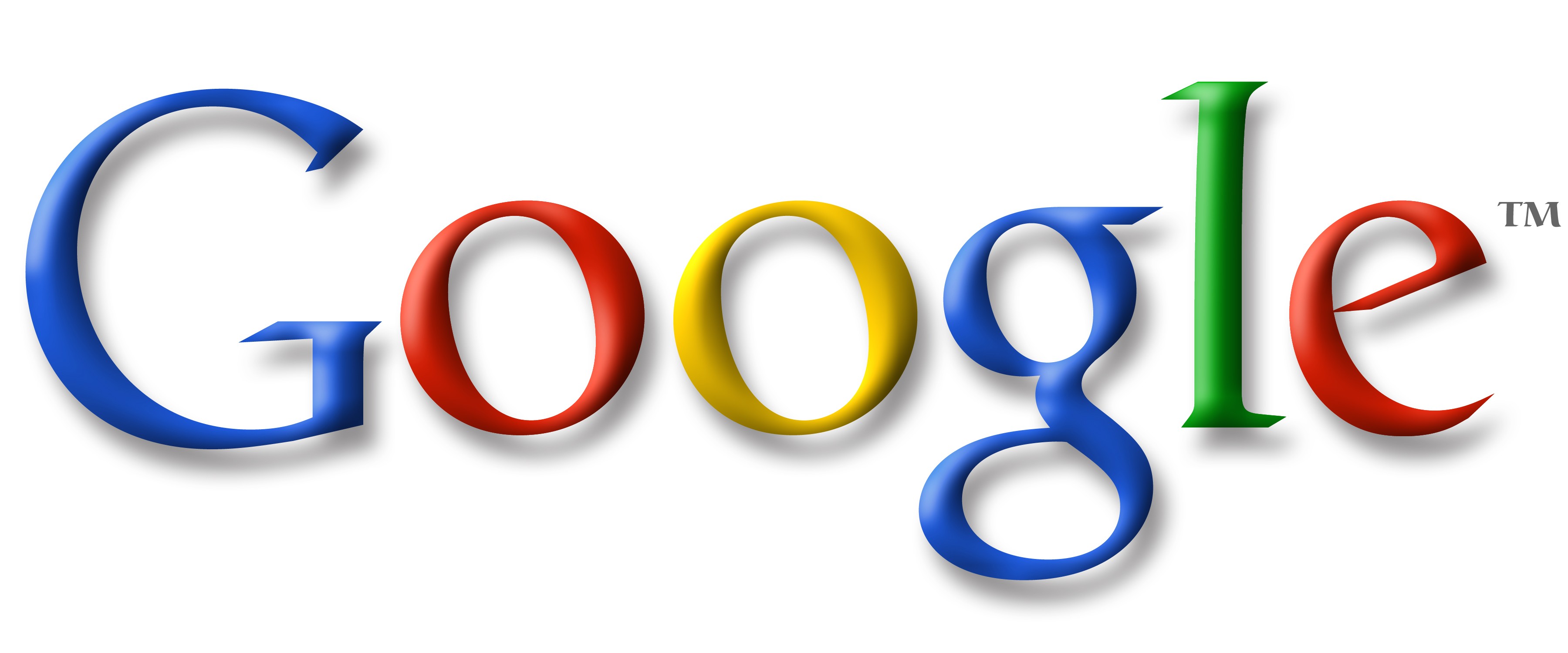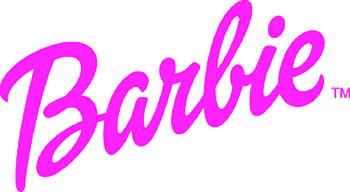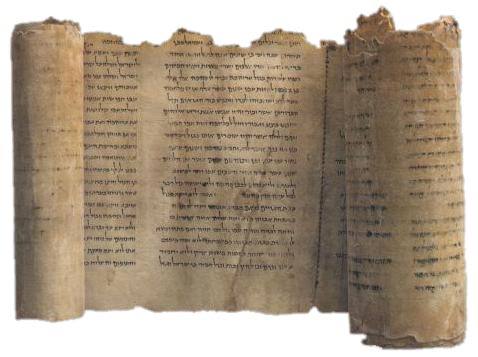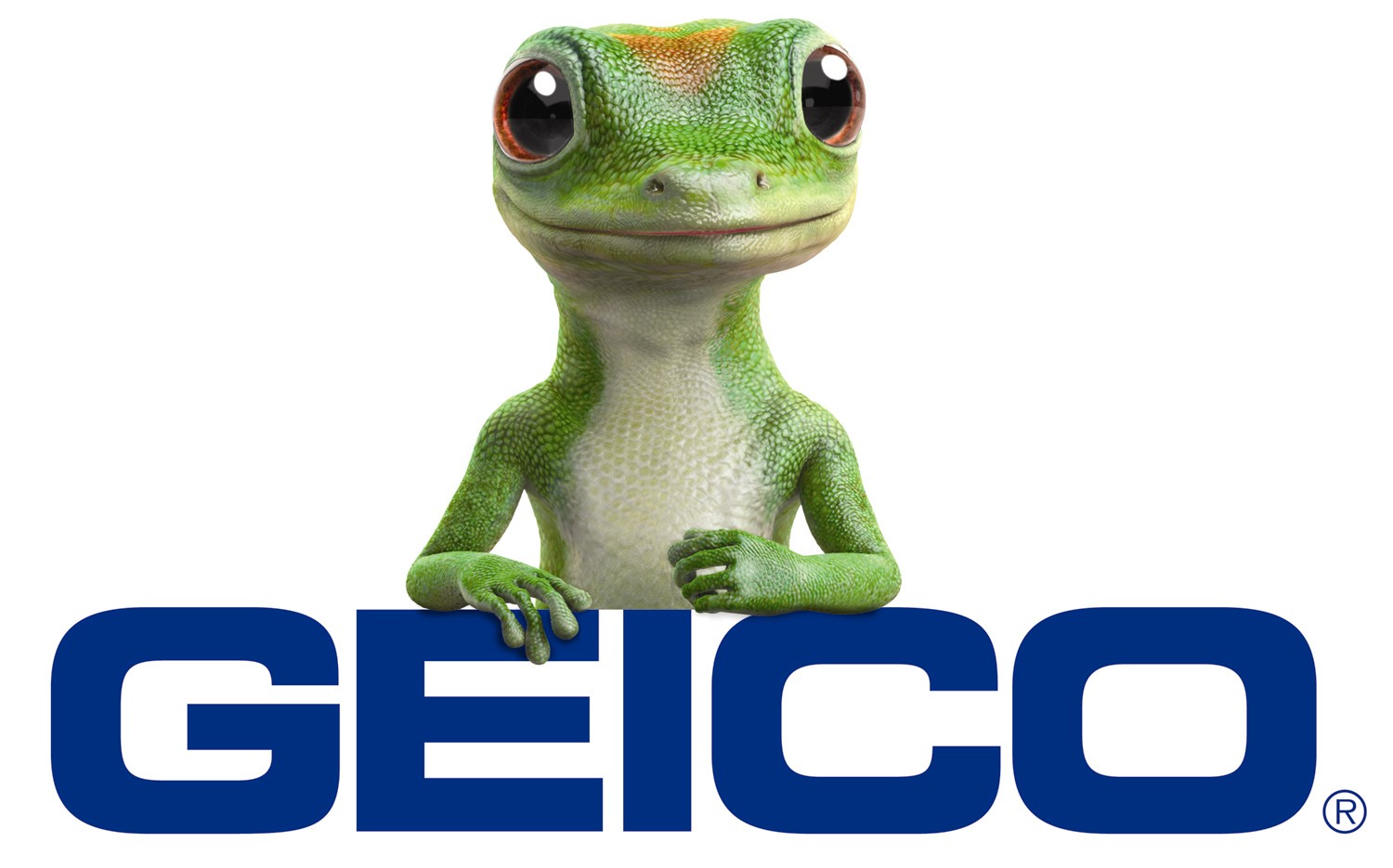Adjusting the shutter speed opens many opportunities in photography. Increasing the shutter speed one can make a crisp sharp capture an object that is moving in some cases at a very high rate of speed. While this is great function it does have draw back. Increasing shutter speed does have some drawbacks. First, a quicker shutter speed will require more light, which makes complete sense as the film or CCD grid will have less time to react to the light, it will require a greater amount of light to react. The other draw back to increasing the shutter speed is the quality decreases. Shooting at high speeds will increase noise in the photo.
In the same token decreasing shutter speed helps increase the quality of the photo. Another great advantage of decreasing shutter speed is it allows for great motion effects in the final image. A technique known as “light painting” has become increasingly popular. Setting the camera on an very low shutter speed at a very low light, Photographers shoot the photo then use a small LED type light and move the light to create effects in the photo. The low shutter speed allows the film or CCD grid the exposure time to capture the moving light.
See sample of light painting.

http://michael.aivaliotis.com/wp-content/uploads/1.png
SWEET VIDEO of light painting:
Resources:
AIO Lecture Week 2
http://www.diyphotography.net/painting_with_light


